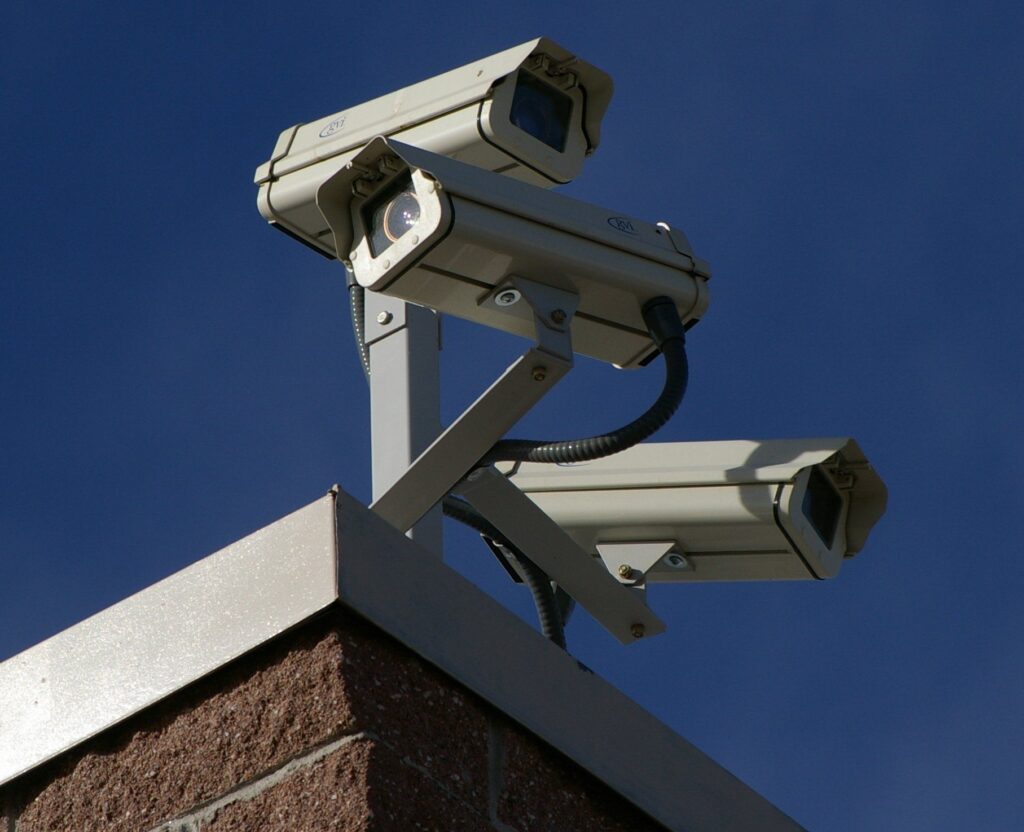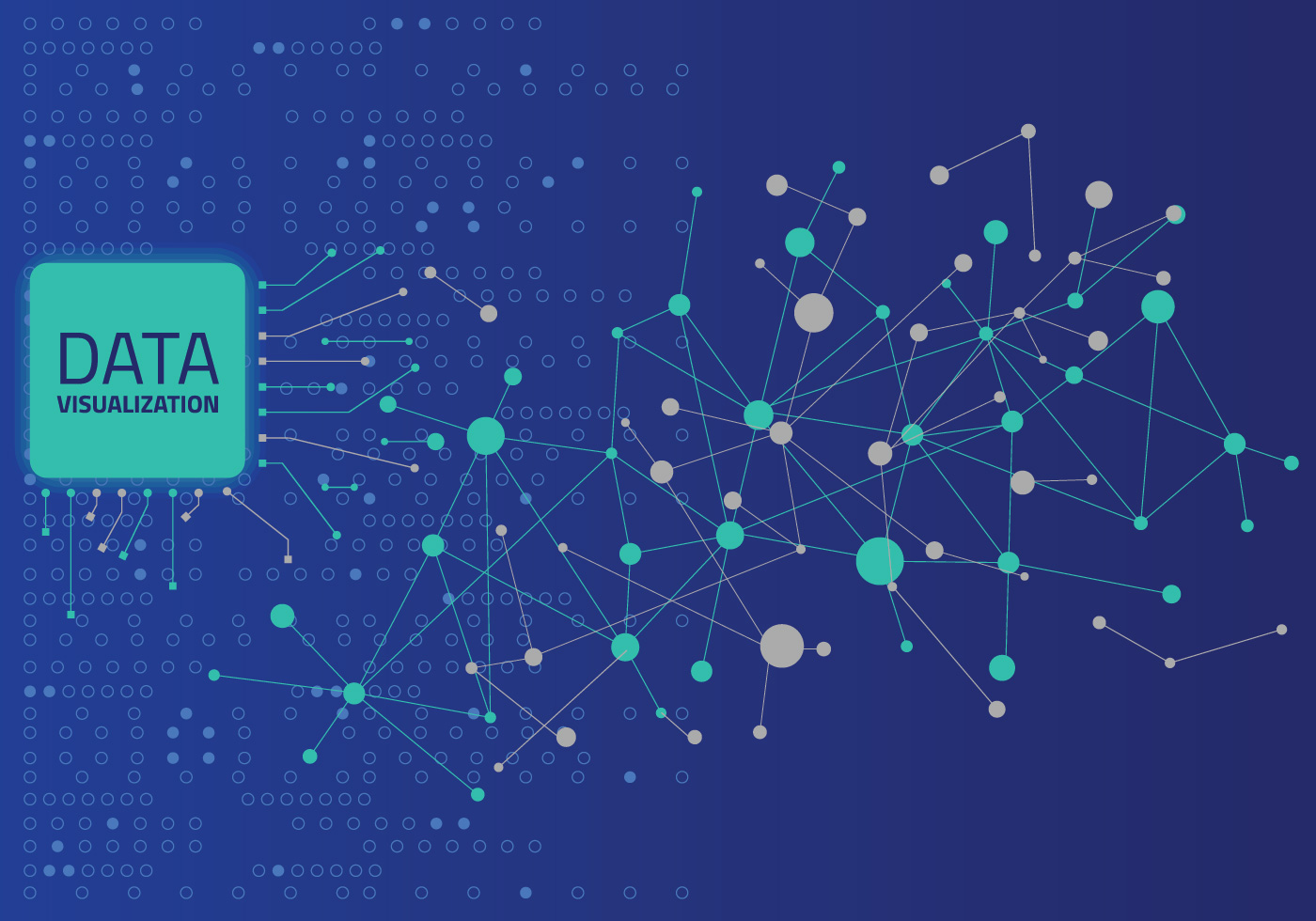The landscape of traffic enforcement is undergoing a significant transformation. For decades, automated systems primarily focused on detecting speeding and red-light violations. However, with advances in artificial intelligence and computer vision, a new frontier in road safety is emerging, capable of identifying more complex behaviors within vehicles. This advancement aims to tackle persistent and dangerous driving habits that contribute to thousands of accidents and fatalities annually.
Police forces worldwide are increasingly deploying these AI-powered cameras to address critical issues such as texting while driving and failing to wear a seat belt. These sophisticated systems represent a major leap forward, promising enhanced efficiency for law enforcement and a proactive approach to altering driver behavior. The integration of AI allows for a more comprehensive and consistent monitoring of roadways, potentially making it easier to identify and prosecute more individuals for infractions than ever before.
The widespread adoption of these cameras is gaining momentum, with various companies and governments collaborating to roll out the technology across continents. Understanding their operation, deployment, and the broader implications for drivers and public safety is crucial. This article delves into the specifics of these innovative traffic enforcement tools, exploring how they function, where they are being implemented, and initial discussions surrounding their impact.

1. **The Dawn of AI in Traffic Enforcement**Automated traffic enforcement has long been a fixture, but its scope was traditionally limited to simple infractions like speeding or running red lights. The advent of artificial intelligence, however, has fundamentally reshaped these capabilities. AI and computer vision now allow for a more nuanced and proactive approach to road safety, moving enforcement beyond mere observation to intelligent analysis of complex behaviors.
AI-powered cameras enable the detection of infractions that previously required direct human observation, such as a driver holding a phone or a passenger not wearing a seatbelt. Unlike older technologies that reacted to a single event, AI systems interpret patterns and assess the likelihood of a violation by processing complex visual data in milliseconds. This sophisticated analysis forms the core of the new generation of enforcement tools, focusing on pervasive and dangerous driving behaviors like distracted driving and seatbelt non-compliance.
This technological leap allows authorities to make a substantial impact on reducing road fatalities and serious injuries. The shift from basic detection to intelligent pattern recognition signifies a new era in law enforcement, emphasizing proactive intervention and consistent rule application. These systems operate continuously, providing round-the-clock vigilance that supplements human patrols and creates a pervasive deterrent effect.
Read more about: Rolling on Those 12 Affordable Scooters? Here’s What Traffic Cops Secretly Think About You.

2. **Acusensus Heads Up System: Targeting Distracted Driving and Seatbelt Use**Acusensus, an Australian company, leads the development of AI-powered traffic cameras with its “Heads Up” system. This innovative technology specifically targets drivers texting while driving or failing to wear seat belts, addressing critical safety concerns. Acusensus has partnered with governments in Australia, the United Kingdom, and the United States to deploy these cameras, showcasing their global reach and impact.
The Heads Up system captures images of every passing vehicle, including license plates and front-seat areas. Proprietary AI software then analyzes these high-resolution images to determine the likelihood of a violation, assigning a “confidence level.” This automated initial screening efficiently flags instances for further attention, while a human officer conducts a thorough inspection before any enforcement action is taken.
Acusensus emphasizes its strict data handling protocols for privacy. David Kelly, vice president of government solutions, stated: “If there’s no violation, we’re not saving the data. There’s no data for us to save. And if, when it’s reviewed, if there’s no citation that’s issued, there’s no data that’s saved.” This human oversight ensures accuracy and prevents automatic ticketing. The cameras operate continuously in various light and weather conditions, offering flexibility for deployment in fixed or mobile configurations.

3. **Global Rollout: Pioneering Efforts in Australia and the UK**Australia has significantly pioneered large-scale adoption of AI traffic enforcement, particularly for distracted driving and seatbelt violations. New South Wales led in 2019, installing cameras monitoring millions of vehicles annually. This approach yielded a 22% reduction in road fatalities attributed to phone use. Victoria and Queensland have since followed, implementing combined seatbelt and phone detection systems, indicating widespread acceptance.
The United Kingdom has also embraced trials of the Acusensus Heads Up system, with nearly half its police forces experimenting with the technology. Extensive pilots, such as a two-month trial in Transport for Greater Manchester, found over 3,200 people not wearing seat belts or texting. This garnered support from organizations like the AA Charitable Trust, whose director, Edmund King OBE, stated, “Sophisticated camera technology can help target offenders… This will make our roads safer for all.”
Furthering UK commitment, Aecom announced in February 2024 its role as a systems integrator for Acusensus in ongoing pilots with National Highways and ten police forces. Beyond these, the European Union is adopting a more unified approach, driven by its 2022 Road Safety Charter. Countries like the Netherlands deploy phone-use cameras nationwide, while Spain and France expand seatbelt cameras, demonstrating varied but widespread international embrace of this technology for road safety goals.

4. **The United States Landscape: Real-Time Enforcement and State-Level Pilots**AI traffic camera implementation in the United States differs from European and Australian models. Acusensus’ “Heads Up Real Time Solution” is used in states like Georgia and North Carolina. This system sends images of potential violations to nearby police officers, enabling real-time intervention before incidents escalate. This contrasts with the international Heads Up product, which typically sends evidence for mailed citations.
A key focus for the Heads Up Real Time system in the U.S. is commercial vehicles, addressing higher rates of seatbelt non-compliance among this group. North Carolina, for example, uses three mobile cameras in high-collision areas. Since implementation, Acusensus reported a sixfold increase in seat belt violations and a ninefold increase in phone violations in North Carolina, demonstrating the system’s effectiveness.
Beyond state law enforcement, Acusensus partners with U.S. universities like Alabama and UC San Diego for ongoing programs to collect data on unsafe driving practices. These university initiatives, distinct from enforcement, focus on anonymous data collection, with all data deleted at program conclusion and no personally identifiable information collected. Early U.S. adopters, including Minnesota, Georgia, North Carolina, and Arkansas, have already seen significant ticketing volumes.

5. **Expanding Horizons: The Rise of Noise Camera Technology**AI application in traffic enforcement extends beyond distracted driving and seatbelt use to monitoring excessive vehicle noise. This new frontier addresses noise pollution, which has significant public health implications. Traffic enforcement now spots vehicles creating undue noise, marking an advancement in leveraging technology for community well-being and regulatory compliance.
Intelligent Instruments, a UK pioneer, developed the award-winning SoundVue system for this purpose. It uses AI to identify vehicles making excessive noise from modified exhausts or unnecessary revving. Four small microphones in a dish precisely pinpoint sound sources, combined with three cameras. The system packages this data for human review, ensuring enforcement officers make final decisions on fines.
SoundVue is piloted globally, including New York City and London, with trials in other UK cities. Competitors like Brazil’s Mobilis Technologica offer a “Noise Detector” also functioning as an air pollution indicator. Germany’s Jenoptik also launched a prototype, featuring Class 1 microphones for high precision. These developments reflect growing global recognition of noise pollution as a serious health concern, identified by the WHO as the second most harmful environmental cause of ill health.

6. **Mechanics of Modern AI Traffic Cameras: Hardware and Software Synergy**The effectiveness of new AI-powered traffic cameras stems from a sophisticated synergy of advanced hardware and intelligent software. These systems are engineered to perform under diverse conditions, capturing detailed information for AI analysis. Understanding their technical composition reveals their capability in detecting complex driving behaviors with precision and reliability.
At their core, high-resolution lenses capture detailed images even in low light or at high speeds. Infrared sensors enable seatbelt and phone detection regardless of glare or window tint, ensuring continuous, round-the-clock vigilance. Jenoptik’s distracted driving solution, for example, employs two 5K AI cameras: one angled for laps and seatbelts, another for ear-held phones and license plate recognition.
Captured images are processed by powerful machine learning models. These AI algorithms analyze visual data in milliseconds, distinguishing safe from unsafe behaviors with high accuracy. Acusensus states its AI is trained without storing past images, focusing on real-time analysis. Data integration connects violations to license plates for alerts or ticketing. Vendors like Acusensus also implement privacy measures, blurring faces, storing images only for infractions, and encrypting data for authorized agencies.

7. **Key Benefits of AI Traffic Cameras**AI-powered traffic cameras offer measurable benefits, primarily aiming to enhance road safety. Distracted driving is a leading cause of thousands of deaths annually, and automated enforcement systems are designed to reduce these incidents by influencing driver behavior. Australia, a pioneer in AI traffic enforcement, reported a 22% reduction in road fatalities attributed to phone use in New South Wales after camera rollout. Queensland also observed a 7.1% decrease in road deaths since implementing these cameras.
These systems significantly increase law enforcement efficiency. AI cameras operate continuously, 24/7, reducing the need for costly police patrols and allowing officers to focus on other critical duties. The technology handles the initial scanning, flagging potential violations for human review rather than requiring constant direct observation by officers.
Automated systems also offer consistent rule application, which can enhance fairness. Unlike officer-based stops, AI systems apply rules uniformly, potentially avoiding concerns like racial profiling. Law enforcement officials appreciate the ability to engage with drivers immediately through systems like the ‘Heads Up Real Time Solution,’ which enables officers to make stops and alter behavior instantly, rather than issuing tickets weeks later.
Read more about: The 8 Most High-Tech Luxury Cars in the Market Right Now: What Tech Blogs and Feature Lists Reveal for Gadget Enthusiasts.

8. **Privacy and Ethical Challenges**The expansion of AI traffic cameras beyond traditional speed and red-light enforcement has raised significant concerns, particularly regarding privacy. Continuous surveillance of drivers can feel invasive, leading to questions about who owns the collected data and for how long it is stored. Critics in the U.S. argue that these cameras create ‘mass surveillance highways.’
Legal and ethical questions also surround the use of AI in law enforcement. These include concerns about due process and whether AI-generated evidence can be contested effectively in court. There are also discussions about the potential for biased AI algorithms, which could disproportionately target certain groups of drivers, although the context does not detail specific biases, it highlights the ongoing civil liberties debates and lawsuits in the U.S. and Europe.
Technical limitations also present challenges, as AI is not infallible. False positives remain a risk, meaning a driver scratching their face could potentially be misidentified as holding a phone. This risk underscores the importance of human oversight in the enforcement process to prevent erroneous citations.
Concerns about ‘scope creep’ are also prevalent. If cameras currently detect seatbelts and phone use, critics question whether they might monitor other personal behaviors in the future. This apprehension about the technology’s evolving capabilities fuels debates over the balance between safety benefits and civil liberties.
Read more about: Beyond the Red Carpet: Inside Ryan Gosling’s Guarded World and the Unwavering Commitment to His Family’s Privacy

9. **Data Handling, Oversight, and Skepticism**Acusensus, a key developer of AI traffic cameras, has outlined strict data handling protocols to protect privacy. David Kelly, vice president of government solutions for Acusensus, stated, ‘If there’s no violation, we’re not saving the data. There’s no data for us to save. And if, when it’s reviewed, if there’s no citation that’s issued, there’s no data that’s saved.’ The company’s website also mentions measures like secure network architecture, blurring parts of images presented for human review, and encrypting images for government agencies.
Despite these assurances, experts express skepticism regarding the practical implementation of these privacy measures. Daniel Solove, an intellectual property and technology law professor at George Washington University Law School, emphasized the need for robust oversight. Solove stated, ‘There has to be real oversight to make sure they are doing what they say they’re doing and then oversight to make sure that if they don’t do it, [there is] a penalty for not doing it.’ He added that without accountability, statements about data deletion remain meaningless.
Local governments determine how photos of violations are handled. In Queensland, Australia, the government conducted and publicly disclosed two independent privacy impact assessments. North Carolina’s First Sgt. Christopher Knox stated that images capturing violations are kept in investigative files and disposed of if a case is dismissed, accessible only to prosecutors and investigating officers. However, Knox was unsure whether external agencies enforced this provision.
Jolynn Dellinger, a senior lecturing fellow at Duke University School of Law specializing in privacy law, noted a potential trade-off between privacy and safety. She explained, ‘As technology becomes more and more powerful, privacy necessarily can shrink in proportion to the power of that technology.’ Dellinger suggested that while privacy interests are important, they might need to be compromised for the ‘greater good’ of road safety, emphasizing the technology’s efficiency in enforcing laws.
Read more about: Hollywood’s Darkest Riddle: 8 Clues Unraveling George Reeves’ Lonely Goodbye in 1959

10. **Market Growth and Major Vendors**The global market for AI traffic cameras is experiencing rapid growth. Analysts project the sector will surpass $20 billion by 2030, driven by increasing government contracts and public-private partnerships across various regions. This expansion reflects a growing international commitment to leveraging advanced technology for road safety and traffic management.
Several major vendors are at the forefront of this burgeoning market. Verra Mobility in the U.S. is known for its red-light and speed systems, now integrating AI features for distracted driving detection. Acusensus, an Australian company, is a leader in phone and seatbelt detection technology, with its ‘Heads Up’ system deployed in Europe and North America.
Germany’s Jenoptik also plays a significant role, focusing on multi-functional enforcement systems that combine speed, seatbelt, and phone use detection. Jenoptik recently launched a prototype distracted driving system designed for all vehicle classes. Competition among these established companies and new AI startups remains intense as the market continues to evolve.
Read more about: Beyond the Buzz: Unpacking Why Car Subscription Services are Driving the Future of Automotive Mobility

11. **Public Opinion: Divided but Shifting**Public support for AI traffic cameras is mixed but shows signs of shifting. In Australia, for instance, polls indicate that over 70% of residents support the use of cameras to detect phone use. In the United States, support varies by state, with higher acceptance generally observed in urban areas that experience a high incidence of distracted driving crashes.
In Europe, public acceptance tends to increase once data demonstrates a reduction in road fatalities following the implementation of these technologies. This suggests that tangible safety benefits can sway public sentiment, even in regions historically cautious about privacy, such as Germany, which is balancing GDPR requirements with road safety goals.
Generational attitudes also influence public opinion. Younger drivers often perceive AI cameras as a normal component of modern digital life, potentially due to their familiarity with technology and surveillance. In contrast, older generations tend to voice stronger concerns about civil liberties and government overreach. Despite varied opinions, the debate continues as the technology becomes more widespread.
Read more about: Marjorie Taylor Greene’s Call for a ‘National Divorce’: An In-Depth Look at the Proposal, Its Roots, and Reactions in a Divided America

12. **Future Developments and the Road Ahead**The expansion of AI traffic cameras is expected to continue without significant slowdown. As the technology becomes more precise and cost-effective, governments worldwide are anticipated to test and adopt new applications for these systems. Potential future developments include the implementation of fatigue detection, designed to identify drowsy drivers before accidents occur.
Another emerging application is aggressive driving monitoring. This would involve tracking behaviors such as tailgating, sudden swerving, and abrupt braking. The integration of anonymized violation data with insurance companies is also a possibility, potentially affecting premiums and further incentivizing safer driving habits.
Policymakers face the ongoing challenge of balancing the clear safety benefits of these technologies with civil liberties. Ensuring transparency, accuracy, and fair enforcement will be crucial as AI-powered traffic cameras become more ubiquitous. The debates surrounding these systems will continue to shape the future of transportation enforcement and the broader equilibrium between technological advancement and individual freedom.
Read more about: From Modest Beginnings to Digital Dominance: The Billion-Download Empire of Talking Tom & Friends
These advancements signify a new chapter in road safety, where AI serves as a powerful tool. The ongoing discussions about oversight, privacy, and ethical implementation will define how this technology is integrated into public life, ensuring it enhances safety while respecting fundamental rights.



